Using Textbooks in Speech Therapy
of her series on Tips & Tricks for SLPs. Here are some tips about one of my
favorite topics-using textbooks in speech therapy.
over-scheduled. How can you most effectively use their time when you pull them
for speech? Use their textbooks! You can use textbooks to target ANY speech
goal. Yes-along with the obvious language and artic goals, I have also used
school textbooks to target fluency, voice. You can do it all with one textbook. Using textbooks helps the student make a direct connection between what they are doing speech/language therapy and what goes on in the classroom.
that are the most common. The two academic areas I tend to target the most are science and
history classes. Those are two language-laden topics that can be very difficult
for our students with weak language skills. As a result, I’ve become very familiar with the Earth Science and American History textbooks shown below.
Now, what to do with these in speech/language therapy?
Articulation Therapy
Making up sentences and practicing those aloud is helpful because it not only targets speech sound production, but also syntax and semantics. They can read aloud, which is my activity of choice to improve carryover. Then they can
paraphrase, which allows for more opportunities to work on generalization. Click below for a FREEBIE I use with my high school students, which makes this task a lot easier AND provides them with something to take home for practice.
Language Therapy
Semantics
Semantics is probably what I target most frequently. See the photo of the vocabulary words from California’s Earth
Science book (published by Prentice-Hall). The words in this book are very challenging. First, we take a
picture walk, which is what I had to do for the page below because I have NO idea what batholith and laccolith mean! After checking the glossary, we proceed to the chapter itself as described below.
comfortable to them BEFORE they can answer test questions about it!
Syntax
a time for the student to put into sentences. For example, if your student is working on the chapter about volcanoes, you could choose “volcano,” “before,” “crater,” and maybe add a verb like “flow.” Your student can say a sentence aloud and/or write it down. I often have them do both. Include those vocabulary words!
Morphology
agreement. I usually begin with a task to help me discover if student is able to identify sentences that contain incorrect grammar. Similar to the Grammaticality Judgment subtest on the CASL, you can also make up sentences, including some with incorrect grammar. Your student will need to determine if the sentence is grammatically correct or not and if not they must fix it. Example: “The presidents was a strong leader.” Is that correct? How would you fix it? The activity can be extended by choosing a variety of singular and plural subjects from their books to pair with verbs. It works well to give them one subject and two forms of the verb to choose from (like a word bank).
Map-Reading
of my students study skills where we focus on identifying key words, the main idea (with supporting details), summarizing, note-taking, inferences, fact/opinion and more. Our students often struggle with many of these skills and I find that using their textbooks helps to tie what we do in therapy directly with their academic work.
I encourage you to explore your students’ textbooks and try using them in therapy!
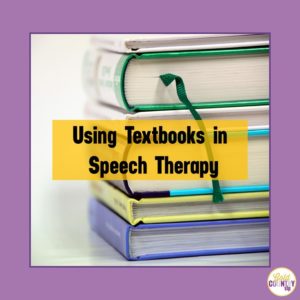
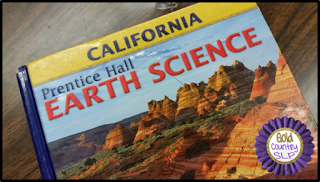
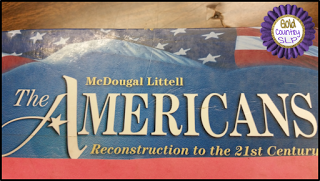
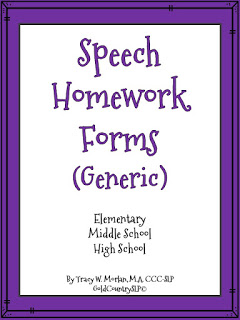
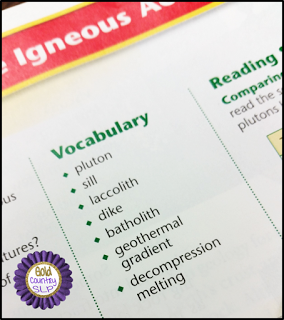



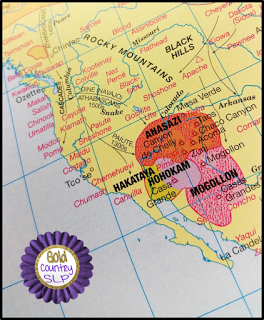









Leave a Reply